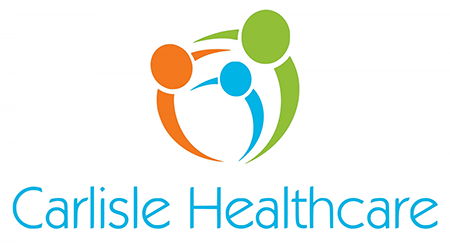Opening Times | NHS App | Contact Us
CQC Rating Good
Why do we need vitamin D?
Vitamin D helps to regulate the amount of calcium and phosphate in the body. It helps to keep bones, teeth and muscles healthy.
Sources of Vitamin D
Safe sun exposure
The vitamin is made by our body under the skin in reaction to sunlight. Exposing commonly uncovered areas of the skin (such as the forearms and hands) for short periods when in strong sunlight March/April to the end of September provides vitamin D. Longer periods of exposure may be needed for those with darker skin.
Dietary intake of Vitamin D
Rich sources of vitamin D include: Oily fish (salmon, mackerel, and sardines), egg yolk, red meat, liver, mushrooms, and fortified foods (such as fat spreads and some breakfast cereals and yoghurts)
Did you know?
Recent studies show that exercise can actually increase Vitamin D levels in the blood. So the more we exercise, the higher our Vitamin D levels will be.
This could be the start of a beautiful relationship between Vitamin D and exercise which, when combined, could actually help to improve the health of the heart as well as our health and well-being generally.
Supplementation
It’s difficult for people to get enough vitamin D from food alone; everyone (including pregnant and breastfeeding women) should consider taking a daily supplement during the autumn and winter
People at risk of vitamin D deficiency
Some people are at high risk of vitamin D deficiency because they have little or no sunshine exposure.
You should take a daily supplement throughout the year if you:
- are not often outdoors – for example, if you're frail or housebound
- are in a live in setting such as a care home
- usually wear clothes that cover up most of your skin when outdoors
- have dark skin
You can purchase your own Vitamin D supplements to take daily from a wide range of supermarkets, health food shops and pharmacies. You should take between 400 units to 1000 units daily (10 micrograms to 25 micrograms).
We use cookies to help provide you with the best possible online experience.
By using this site, you agree that we may store and access cookies on your device. Cookie policy.
Cookie settings.
Functional Cookies
Functional Cookies are enabled by default at all times so that we can save your preferences for cookie settings and ensure site works and delivers best experience.
3rd Party Cookies
This website uses Google Analytics to collect anonymous information such as the number of visitors to the site, and the most popular pages.
Keeping this cookie enabled helps us to improve our website.
